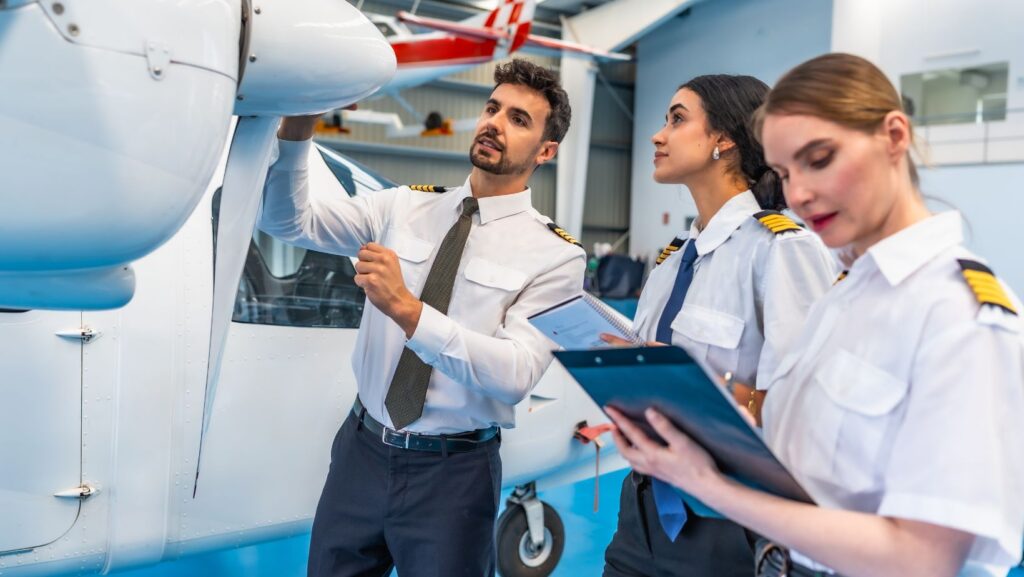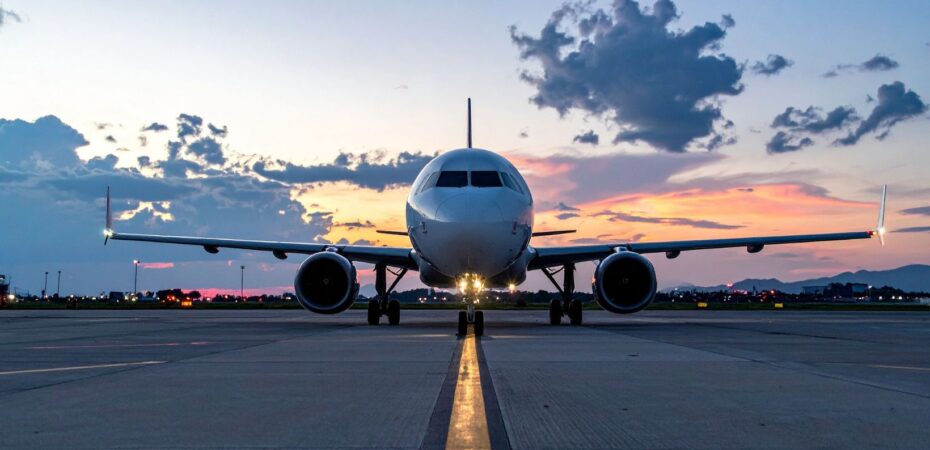Airlines worldwide face an uncomfortable reality: flying remains one of the most carbon-intensive activities humans regularly engage in, yet demand for air travel continues to grow. While other industries have found ways to electrify their operations, aviation faces unique constraints that make traditional decarbonization approaches largely impractical.
Electric batteries remain too heavy for anything beyond short regional hops, and hydrogen propulsion requires entirely new aircraft designs and infrastructure that won’t materialise for decades.
This context makes Sustainable Aviation Fuel particularly compelling. Unlike futuristic technologies that require wholesale industry transformation, SAF works with existing systems while delivering measurable environmental benefits today, similar to how a portable gas detector provides immediate safety monitoring without requiring complex infrastructure changes.
What makes SAF different
As mentioned, SAF’s major feature is its simplicity. While coming from non-petroleum feedstocks, SAF production does not compete with food crops or drive deforestation, unlike other biofuel initiatives. It is, in fact, renewable and comes from waste cooking oil, agricultural leftovers, algae, and even captured CO₂ from industrial processes. SAF burns carbon that plants recently absorbed during growth, creating a closed loop that can reduce lifecycle emissions by 80% compared to fossil alternatives.
Despite this big difference, SAF chemically behaves identically to conventional jet fuel. Airlines can even blend SAF with traditional fuel up to 50% concentration without any operational changes. This “drop-in” compatibility eliminates the massive capital expenditures that would accompany more radical fuel transitions.
The adoption bottleneck
However, SAF remains a niche product, with a production that satisfies only 1% of aviation fuel demand. This is due to production costs: two to four times more expensive than conventional jet fuel, SAF seems economically challenging for price-sensitive airlines.
Another challenge is posed by production capacity. These supply chain limitations have created a chicken-and-egg scenario where airlines hesitate to commit to SAF purchases without guaranteed supply, while producers struggle to justify facility expansions without firm customer commitments.
Luckily, industry analysts suggest this dynamic will shift dramatically during the 2030s as production scales up – the International Air Transport Association projects SAF could contribute 65% of aviation’s required emissions reductions by 2050.
Regional aviation leads the way
Some of the most significant SAF progress has occurred in regional aviation. Top companies like ATR are pioneering SAF through both technical achievements and operational commitments.
A historic moment was June 2022, when ATR used 100% SAF in both engines of an ATR 72-600 for a commercial aircraft. But blends are also implemented: the company now powers all production test flights with 30% SAF.

This approach leverages turboprop aircraft’s inherent efficiency advantages. ATR’s planes burn 45% less fuel than comparable regional jets, meaning each litre of SAF delivers maximum environmental benefit. The company targets 100% SAF compatibility across its fleet by 2030.
ATR is not the only one believing in sustainable aviation fuel. Nordic Aviation Capital and TotalEnergies partnerships demonstrate how manufacturers, lessors, and fuel suppliers can coordinate to make SAF adoption economically viable even at current price premiums.
Additionally, SAF adoption will likely accelerate as regulatory pressure intensifies and production costs decline.


 By
By 




